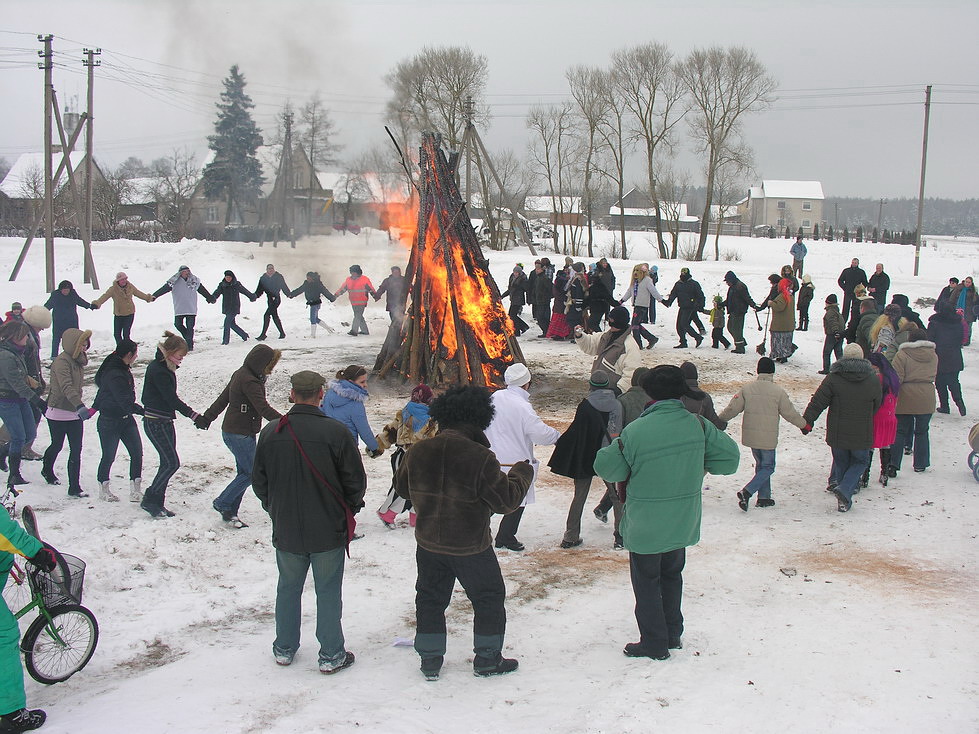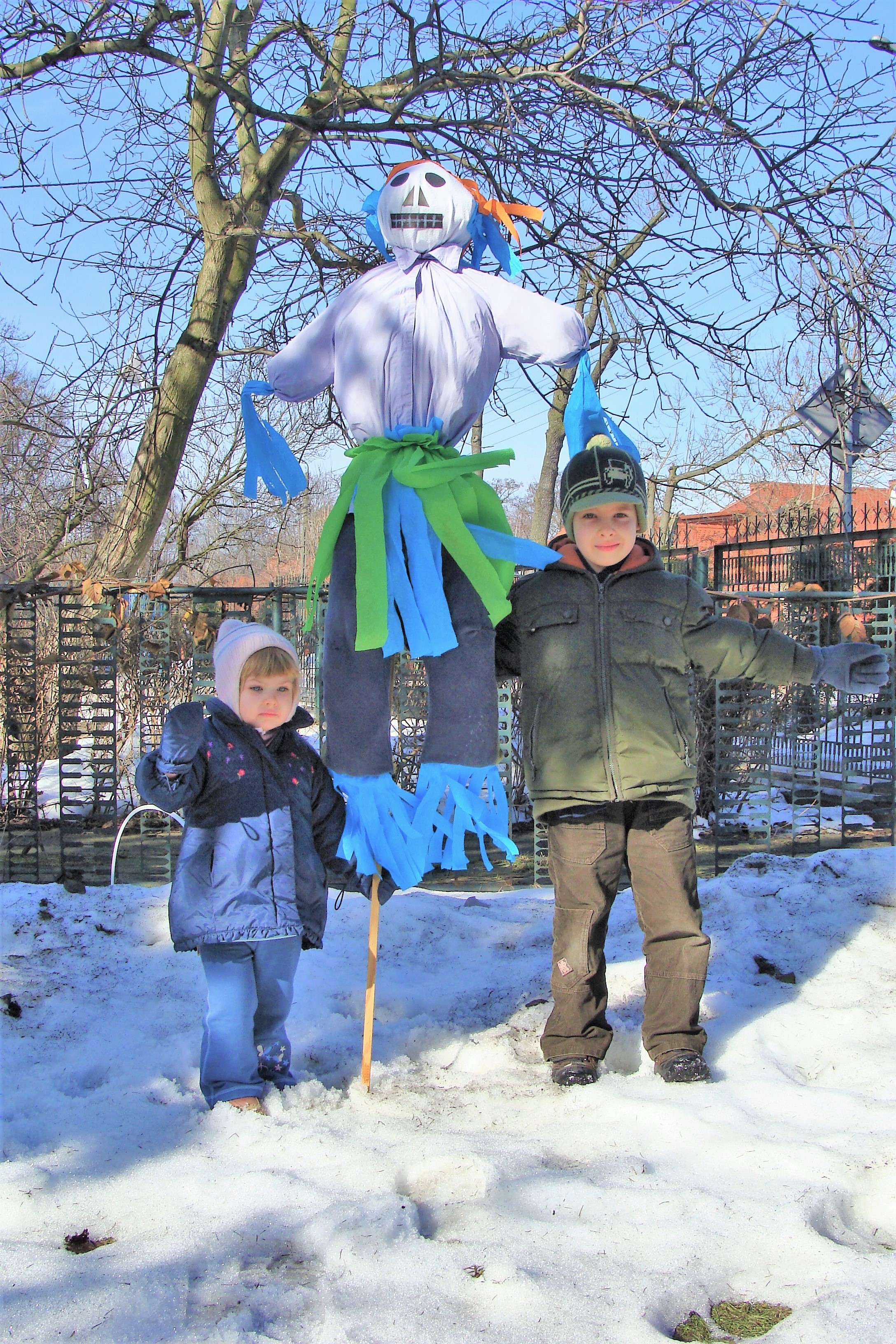|
Morė
Morė is one of the main effigies and attributes of the traditional Lithuanian folk festival ''Užgavėnės''. It is an artificial woman (''čiūčiala''), stuffed with various materials, who is ultimately burned in a bonfire. Morė is associated with the winter personification as a Slavic goddess Marzanna Morana (in Czech, Slovene, Bosnian, Croatian and Montenegrin), Morena (in Slovak and Macedonian), Mora (in Bulgarian), Mara (in Ukrainian), Morė (in Lithuanian), Marena (in Russian), or Marzanna (in Polish) is a pagan Slavic pantheon, Slavic .... She is burned because once it was believed that it will help to bring spring faster. Participants of the ritual are dancing around the bonfire and shouting "Žiema, žiema, bėk iš kiemo" (Winter, winter, run from the yard). References Lithuanian traditions European folklore Bonfires {{Lithuania-stub ... [...More Info...] [...Related Items...] OR: [Wikipedia] [Google] [Baidu] |
Užgavėnės
Užgavėnės is an ancient Lithuanian festival that takes place during the seventh week before Easter (Ash Wednesday). The celebration corresponds to Roman Catholic holiday traditions in other parts of the world, such as Mardi Gras, Shrove Tuesday, and Brazilian Carnival, Carnaval. Užgavėnės begins on the night before Ash Wednesday, when an effigy of winter (usually named Marzanna, ''Morė'') is burnt. A major element of the holiday, meant to symbolize the defeat of winter in the Northern Hemisphere, is a staged battle between ''Lašininis'' ("porky") personifying winter and ''Kanapinis'' ("hempen man") personifying spring. Devils, witches, goats, the grim reaper, and other joyful and frightening characters appear in costumes during the celebrations. The participants and masqueraders dance and eat the traditional dish of the holiday - pancakes with a variety of toppings. Užgavėnės is characterized by masked, unrecognizable disguisers walking around the village. Carnival p ... [...More Info...] [...Related Items...] OR: [Wikipedia] [Google] [Baidu] |
Marzanna
Morana (in Czech, Slovene, Bosnian, Croatian and Montenegrin), Morena (in Slovak and Macedonian), Mora (in Bulgarian), Mara (in Ukrainian), Morė (in Lithuanian), Marena (in Russian), or Marzanna (in Polish) is a pagan Slavic pantheon, Slavic goddess associated with seasonal rites based on the idea of death and rebirth of nature. She is an ancient goddess associated with winter's death, rebirth and dreams. In ancient Slavic rites, the death of the Goddess Morana at the end of winter becomes the wikt:rebirth, rebirth of Spring of the Goddess Kostroma (deity), Kostroma (Russian), Lada or Vesna representing the coming of Spring. Some medieval Christian sources such as the Czech 13th century Mater Verborum compare her to the Greek mythology, Greek goddess Hecate, associating her with sorcery. 15th century Polish chronicler Jan Długosz likened her in his Annales seu cronici incliti regni Poloniae, ''Annales'' to Ceres (Roman mythology), Ceres, the Roman goddess of agriculture (tog ... [...More Info...] [...Related Items...] OR: [Wikipedia] [Google] [Baidu] |
Bonfire
A bonfire is a large and controlled outdoor fire, used for waste disposal or as part of a religious feast, such as Saint John's Eve. Etymology The earliest attestations date to the late 15th century, with the Catholicon Anglicum spelling it as ''banefyre'' and John Mirk's ''Book of Festivals'' speaking of a communal fire in celebrations of Saint John's Eve that "was clene bones & no wode & that is callid a bone fyre". The word is thus a compound of "bone" and "fire." Samuel Johnson's 1755 ''Dictionary of the English Language, Dictionary'' incorrectly analyzed "bon" as the French ''bon'' 'good'. Regional traditions In many regions of continental Europe, bonfires are made traditionally on 24 June, the solemnity of John the Baptist, as well as on Saturday night before Easter. Bonfires are also a feature of Walpurgis Night in central and northern Europe, and Bonfires of Saint John, the celebrations on the eve of St. John's Day in Spain. In Sweden bonfires are lit on Walpurgis ... [...More Info...] [...Related Items...] OR: [Wikipedia] [Google] [Baidu] |
Lietuvos Radijas Ir Televizija
Lithuanian National Radio and Television () is a Lithuanian public service broadcaster that has been providing regular radio services since 1926 and television broadcasts since 1957. LRT joined the European Broadcasting Union in 1993. It operates three national television channels, radio stations and an internet website. LRT is the largest media group in Lithuania and is publicly owned. Its main purpose is to serve the public interest and the public's right to trustworthy and objective information. LRT's radio and television services operate from its headquarters in Vilnius. LRT radijas, the main LRT radio station, has the biggest share in the Lithuanian radio market and pays most of attention to the operative news and educative on-air production. History The Lithuanian Radio started regular broadcasting on 12 June 1926. The television service has been broadcasting since 30 April 1957. In 1965, radio broadcasts were started in English. In 1975, the first coloured programme fro ... [...More Info...] [...Related Items...] OR: [Wikipedia] [Google] [Baidu] |
Lithuanian Traditions
Lithuanian may refer to: * Something of, from, or related to Lithuania, a country in the Baltic region in northern Europe ** Lithuanian language ** Lithuanians, a Baltic ethnic group, native to Lithuania and the immediate geographical region ** Lithuanian cuisine ** Lithuanian culture Other uses * Lithuanian Jews as often called "Lithuanians" (''Lita'im'' or ''Litvaks'') by other Jews, sometimes used to mean Mitnagdim * Grand Duchy of Lithuania * Polish–Lithuanian Commonwealth See also * List of Lithuanians This is a list of Lithuanians, both people of Lithuanian descent and people with the birthplace or citizenship of Lithuania. In a case when a person was born in the territory of former Grand Duchy of Lithuania and not in the territory of moder ... {{disambig Language and nationality disambiguation pages ... [...More Info...] [...Related Items...] OR: [Wikipedia] [Google] [Baidu] |
European Folklore
European folklore or Western folklore refers to the folklore of the Western world, especially when discussed comparatively. The history of Christendom during the Early Modern period has resulted in a number of traditions that are shared in many European ethnic and regional cultures. This concerns notably common traditions based on Christian mythology, i.e. certain commonalities in celebrating Christmas, such as the various Christmas gift-bringers, or customs associated with All Souls' Day. In addition, there are certain apotropaic gestures or practices found in large parts of the Western world, such as the knocking on wood or the fingers crossed gesture. History Many tropes of European folklore can be identified as stemming from the Proto-Indo-European peoples of the Neolithic and Bronze Age, although they may originate from even earlier traditions. Examples of this include the 'Chaoskampf' myth-archetype as well as possibly the belief in knocking on wood for good luck. T ... [...More Info...] [...Related Items...] OR: [Wikipedia] [Google] [Baidu] |




